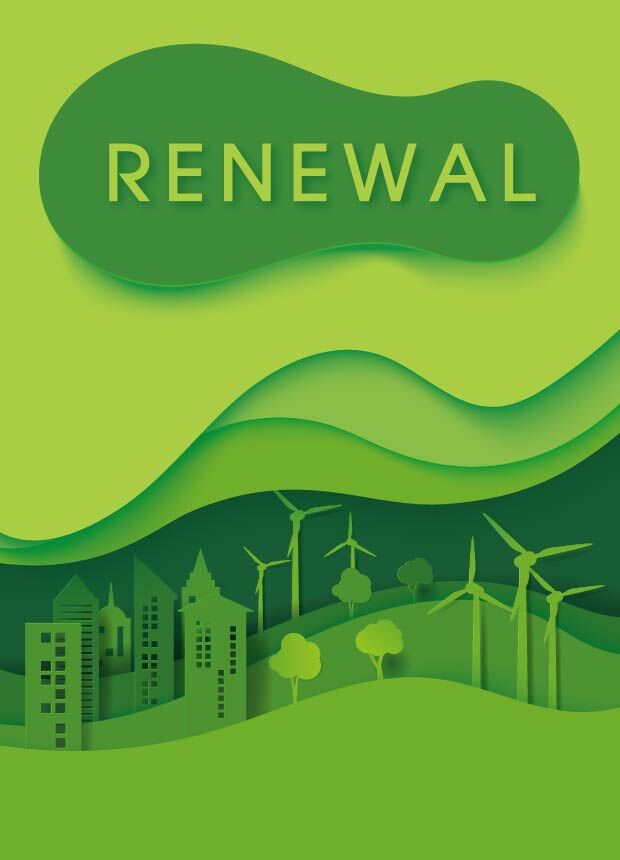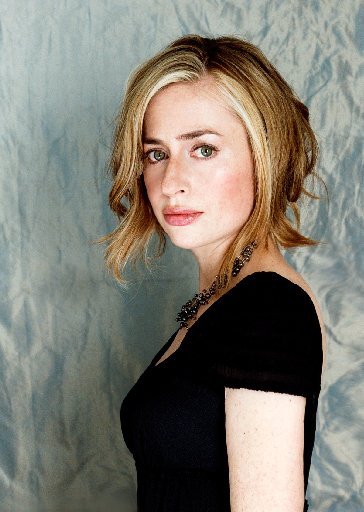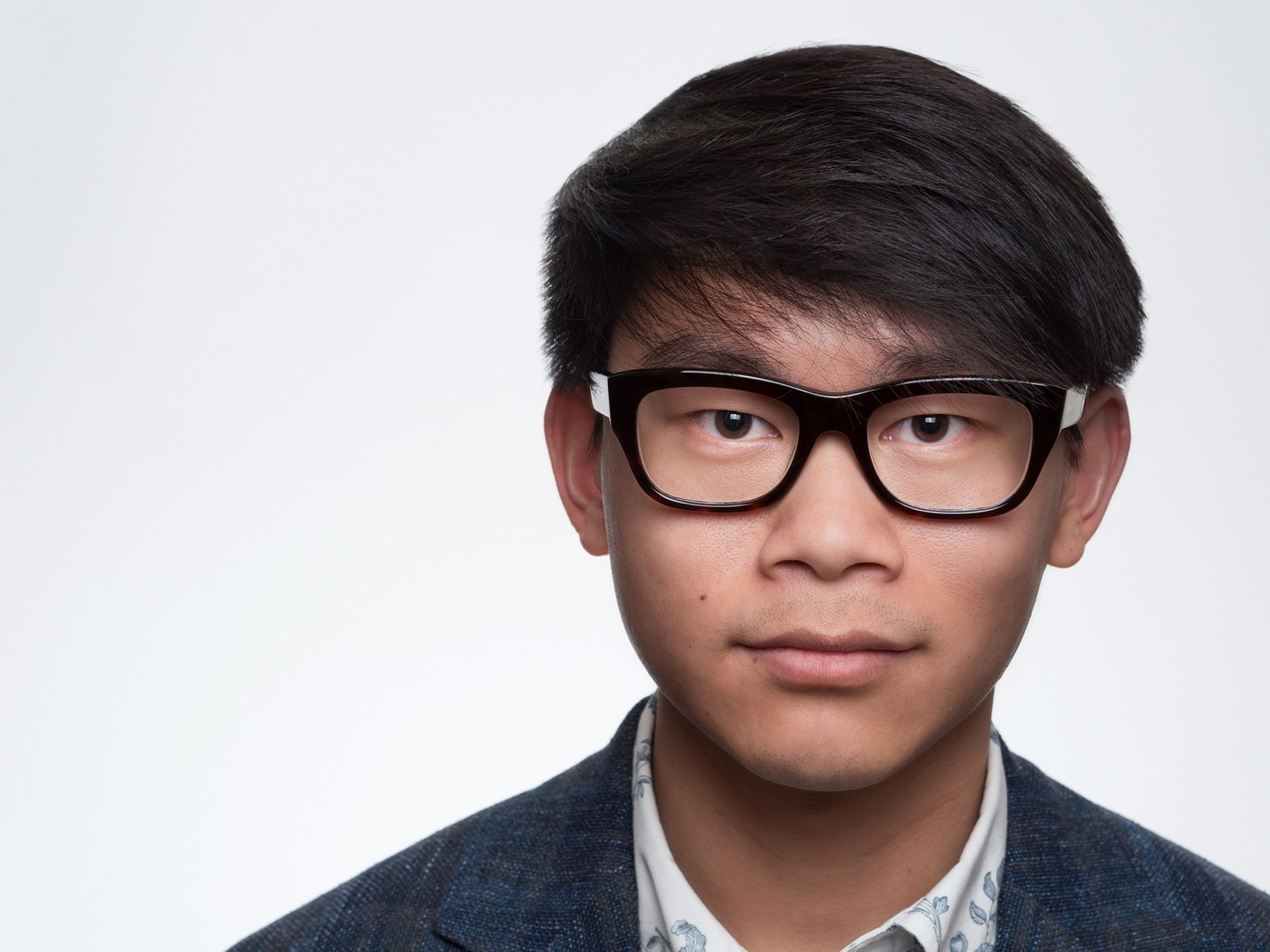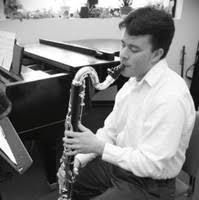In Contemporary Reviews:
An Evening of Renewal with Intersection
 Sustainability and environmental awareness were central themes when Intersection partnered with the Portara Ensemble this past Saturday evening at Lipscomb’s new Shinn Event Center for a concert billed as “Renewal”. It is only fitting that a concert addressing awareness of 21st century problems do so through the vehicle of 21st century music – and the program reflected this with a slate of works all written within roughly the last decade.
Sustainability and environmental awareness were central themes when Intersection partnered with the Portara Ensemble this past Saturday evening at Lipscomb’s new Shinn Event Center for a concert billed as “Renewal”. It is only fitting that a concert addressing awareness of 21st century problems do so through the vehicle of 21st century music – and the program reflected this with a slate of works all written within roughly the last decade.
For those familiar with Intersection’s mission and programming, a concert exclusively featuring the works of living composers is no surprise. Likewise, the promotion of new work is a core component of the Portara Ensemble’s artistic goals. Still, as a prodigal son of the Nashville community (I returned in 2014 after 15 years away), I am continually excited by this embrace of new music by some of our city’s finest musicians. Promotion of contemporary composers in chamber contexts is just as important as the Symphony’s commitment to new music, and it affords musicians and audiences a chance to discover new and challenging art in an intimate and welcoming environment. It is a great time to be a new music fan in Nashville.
It is a great time to be a new music fan in Nashville.
Saturday’s program was bookended by the Portara ensemble performing two a cappella selections, Greg Jasperse’s Oh How Beautiful, This Finley Woven Earth, and Earth
Song by Frank Ticheli. Both works were squarely in the ensemble’s collective wheelhouse and served respectively as an invitation and fitting conclusion to the evening. Jasperse’s setting is colored with tight jazz inspired voicings, and the intonation required to bring out these contrasts was spot on. For both selections the text was displayed for the audience, but given the ensemble’s attention to diction and sensitive phrasing, I understood nearly every word without the projections.
The Portara Ensemble was joined by the musicians of Intersection for the evening’s second work – Mass for the Endangered by Sarah Kirkland Snider. The composer describes the work as a “. . . hymn for the voiceless and the discounted, a requiem for the not-yet-gone.” The mass

makes use of original text by Nathaniel Bellows alongside the traditional Latin liturgical text of the ordinary and according to the composer “embodies a prayer for endangered animals and the environments in which they live.” Conductor Kelly Corcoran was careful to balance the timbral distinction of the orchestration with the vocal lines, allowing the subtle colors and textures to emerge without overshadowing the singers. The dynamic strength of the entire ensemble was reserved for the work’s true tutti statements, allowing these sections to function as musical arrivals giving the work a sense of pace. Snider’s work often features timbral exchanges between the choral and instrumental voices, requiring meticulous intonation throughout a wide dynamic range. These were handled nearly seamlessly, which even under ideal circumstances is difficult, but in a fairly dry acoustical environment this was doubly impressive. I was particularly enamored with the conclusion of the Kyrie, which featured a long sustain in the female voices that slowly faded to niente accompanied by a reverent, sparsely pulsing statement in the strings. This aesthetic gesture was revisited in a slightly different fashion to end the Agnus Dei, giving the work a sense of closure. These kinds of tapered and delicate endings can be deceptively difficult, but in both instances the ensemble was committed and convincing.

Snider’s mass was followed by Re(new)al a concerto for Percussion Quartet by Viet Cuong featuring Jonny Allen, Ji Hye Jung, Terry Sweeney, and Lee Vinson. The composer spoke briefly before the performance to place the work in context and explain some of his musical motivations. In keeping with the theme of the evening, Re(new)al draws its inspiration from renewable energy sources. The work is presented in three movements, each representing a different renewable energy source – Hydro, Wind, and Solar. The composer explained that the instrumentation for each movement was inspired by these three types of energy sources, and that the solo percussion parts are meant to function as a whole, with one musical idea often broken into its constituent elements and distributed among the players – a kind of contemporary take on the medieval hocket.
Cuong’s conception of water-inspired instrumentation was represented quite literally, as the percussionists began the first movement by “toasting” water filled goblets to create a sort of cooperative crystalline chime. These kinds of non-conventional instruments can often be difficult to play accurately, but the performers were equal to the task. When the ensemble began to add its voices to the soloists, the rich decay of the goblets was augmented initially by the strings and piano with a specific awareness on articulation and decay, matching the characteristics of the percussion section.
The second movement began attacca as the percussionists surrounded a single snare drum to collectively create a driving rhythmic theme incorporating kick drums and high hats for each soloist. The ensemble responded with a solid groove heavily featuring the bari sax in a kind Tower-of-Power-esque lick. The percussion soloists eventually transitioned from the meta drum kit to compressed air canisters (wind), which were sonically rewarding especially when paired with a bombastic initial statement. But, the irony of one-time-use canisters as instruments in a piece focusing on renewable energy and ecological awareness presented a bit of a disparity.
Cuong’s third movement displaying the concept of solar power through metallic percussion required the most visual representation of cooperation from the soloists as they shared a vibraphone and glockenspiel. The tone colors were imaginative, including a submerged crotale that established a glissando theme adopted by the strings and revisited by the trombone during the climax of the work. The simple choreography created by the sharing of instruments and the intricate, cooperative motions required by the soloists to realize their parts was hypnotic. This delicate teamwork, coupled with the Messiaen meets Radiohead post-minimalist aesthetic provided by the shimmering pitched percussion and slowly moving string accompaniment, held the audience spellbound. As a bit of an orchestration junkie, this was my favorite musical moment of the evening.
The Portara Ensemble concluded the concert with Ticheli’s Earth Song. As with the Jasperse selection that began the night, the ensemble performed with a warm blend and delicate phrasing. Given Snider’s mass setting performed earlier in the program, the Ticheli acted almost as a benediction, with the choir softly repeating “peace” to end the evening.
Intersection will return in January with a concert entitled ‘Journey’ when they “…will explore the connections between the 19th Amendment and the Civil Rights Movement through the music and story of Florence Price and excerpts from Nkeiru Okoye’s Opera Harriet Tubman: When I Crossed That Line to Freedom.”



